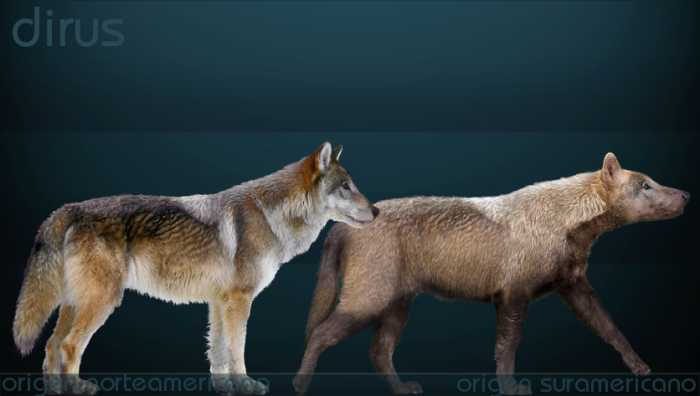

When humans remove predators, the effects are consistently negative. Together, they all play vital roles in regulating each other. They include plants, decomposers, naturally subordinate predators (such as feral cats, foxes and coyotes), pathogens, predators and their prey. Coexistence, not conflictĮcosystems are complex networks of species. Generally, however, the responses were unpredictable and removing predators often failed for one reason or another. In that scenario, there are fewer links in the food web, possibly making responses more predictable. However, these examples of success were generally from the Arctic where wolves were removed to increase caribou or moose numbers. For example, when caracal (a type of wild cat) and leopard were culled in South Africa, predator conflicts on farms increased.Ī small number of studies have shown successful removal of predators without harming the predator population, and led to increases in the prey population. On top of that, new predators often moved into vacated territory and recolonized areas where others had been removed. Livestock attacks weren’t always reduced when predators were removed, and the human-wildlife conflict remained. However, our review of 141 studies of predator removal revealed that success is rarely achieved. It would reduce conflict and be sustainable, but not cause the predator population to disappear entirely. In a perfect scenario, successful predator removal would strike a balance. Without predators, ecosystems become unbalanced in many ways because plants, herbivores and small predators change in response to their loss. Top predators like wolves dominate small predators like coyotes, keeping those populations in check too. This can result in damage to local plants, as well as disease outbreaks that can spread to domesticated animals.

Without predators, prey can become over-abundant. Predators are essential to ecosystems because they regulate prey populations. The motivation to remove predators is easy to understand, but what if predator removal does not even achieve the desired outcomes? In balance One of the oldest and most rudimentary methods is to cull or remove them, even though predators are already rare and some are threatened with extinction. These conflicts may motivate humans to try to manage predators to lessen the damages. Predators attack and kill livestock, hunt economically important prey and can kill or injure people or be perceived as a threat to human safety. In spite of their ecological, economic and cultural significance, predators are among the most heavily persecuted animals, due to conflict with humans and their assets. On land, in the air and in water, predators fascinate and inspire, they are quintessential representations of nature’s majesty and might. Predators are among the most charismatic animals on Earth-lions, eagles and sharks adorn many human symbols. Our new study, published in Biological Conservation, surveyed the research on predator removal and identified several interesting-and perhaps unexpected-trends. Are the responses predictable? Does it work? Can we make generalizations? This is a question that is often on the minds of humans when they encounter predators.Īs an ecologist working with the fish populations in French Polynesia, I went looking for research about what happens to an ecosystem when a predator is removed. They are also seeing the benefits of using their traditional knowledge to guide recreational fishing tourists-a business with potential to improve long term employment security.Ībundant sharks in the lagoon led to questions about their contribution to the fishery and whether it would help the fishery if they were targeted. The people living here fish on the flats and along the reef using nets, hooks and line, harpoons, spearguns and traditional artisanal traps. In French Polynesia, fishing is an integral part of everyday life. The following essay is reprinted with permission from The Conversation, an online publication covering the latest research.


 0 kommentar(er)
0 kommentar(er)
